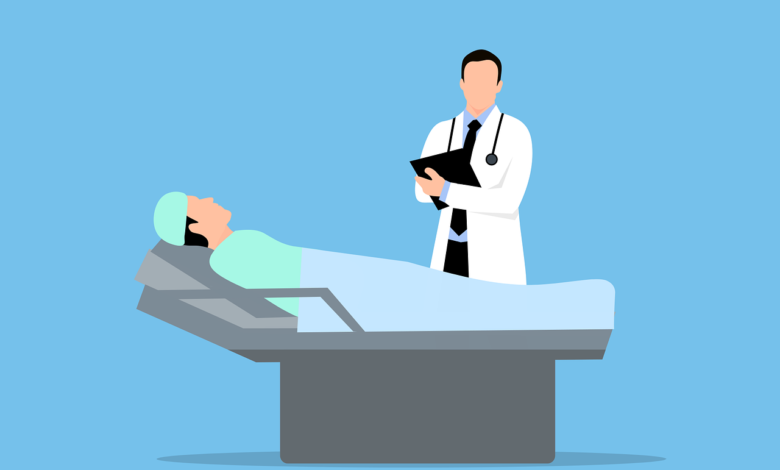Reclaiming Strength and Mobility: The Science Behind Natural Recovery

Few things define independence like the ability to move (walk without pain, bend without hesitation, or lift without fear). Yet for millions of people, joint stiffness, back discomfort, or reduced flexibility can slowly erode that sense of freedom.
The good news? A new wave of science is revealing that the body has remarkable powers of self-restoration. Instead of forcing recovery from the outside, we’re learning to activate it from within.
Natural recovery isn’t about quick fixes or miracle cures. It’s about understanding the body’s intricate systems (muscles, joints, nerves, and cells) and giving them the right conditions to repair, regenerate, and strengthen themselves.
This shift from passive healing to active restoration marks the beginning of a new era in mobility and wellness.
The Body’s Blueprint for Healing
The human body is engineered for renewal. Every bone, muscle, and tissue contains specialized cells that constantly adapt and rebuild in response to stress, movement, and care. But when injury or chronic strain interrupts this balance, inflammation and stiffness can take hold, making natural recovery feel out of reach.
Modern regenerative medicine focuses on reigniting that biological blueprint. By combining rest, targeted movement, nutrition, and scientific therapies that stimulate repair, it supports the body’s innate ability to restore itself. This approach recognizes that true healing happens not in isolation but through harmony, where every system of the body contributes to recovery.
One breakthrough in this space, the Panama spine disc stem cell treatment, reflects how science and nature are merging to redefine mobility. These therapies don’t just manage symptoms; they aim to encourage the regeneration of damaged tissue, offering hope to those struggling with chronic pain or limited range of motion.
Rethinking Recovery Through Movement
It might sound counterintuitive, but movement is often the medicine the body needs most. When done intentionally, stretching, walking, or gentle strengthening exercises stimulate blood flow, reduce inflammation, and signal the body to begin rebuilding. Immobility, on the other hand, can slow healing, weaken muscles, and worsen pain over time.
Even small, mindful movements can make a powerful difference. For those dealing with stiffness or post-injury fatigue, practices like yoga, aquatic therapy, or guided physical rehabilitation can rebuild confidence and strength without overwhelming the body. The key lies in gradual progress, consistency, and listening to the body’s feedback.
The Mind-Body Connection in Recovery
Healing isn’t just physical; it’s deeply mental and emotional. Studies show that mindset, stress management, and self-belief all influence recovery speed and success. When we cultivate patience and optimism, our nervous system shifts toward balance, allowing physical repair to happen more efficiently.
Mindful breathing, meditation, or even spending time outdoors can reduce tension and promote circulation, helping the body do what it was designed to do: heal itself.
A New Definition of Strength
Reclaiming mobility isn’t just about moving again but about rediscovering confidence, independence, and joy in everyday life. The science of natural recovery teaches us that strength isn’t measured only in muscles or flexibility but in resilience, the quiet power of the body to rebuild, adapt, and thrive.
And in that rediscovery, we find not just recovery, but renewal.




